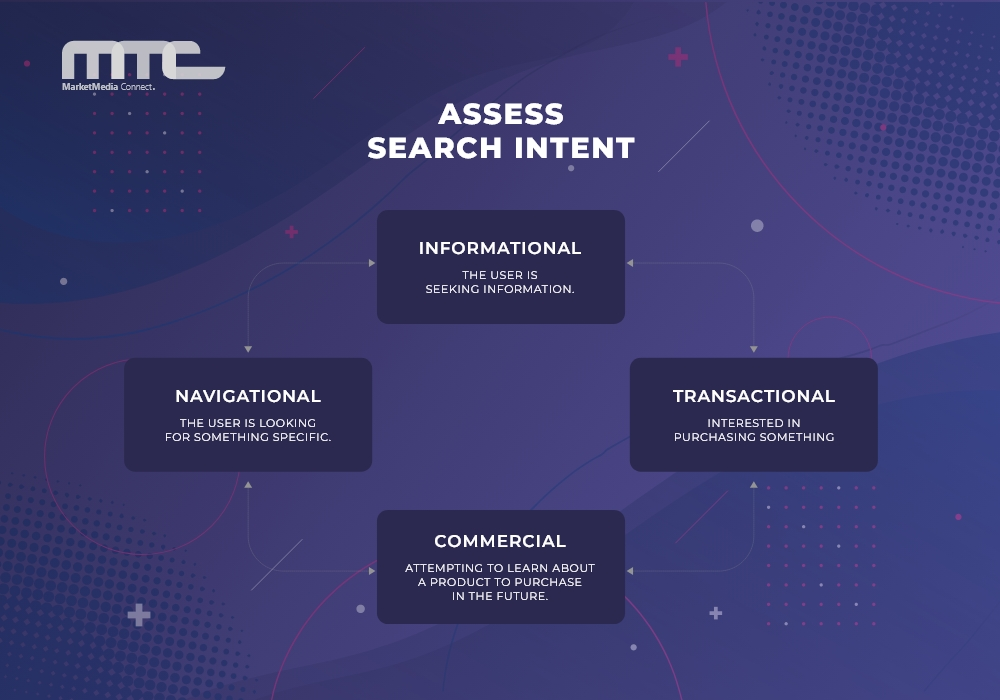Content
Uncovering Keyword Research Success: The Checklist
The most important aspect of SEO is keyword research. It is the process of identifying potential search phrases related to your business on the internet.
It involves identifying, prioritizing, and incorporating keywords on your website.
The following is a checklist of essential keyword research actions for an effective SEO strategy.
Why is Keyword Research Important?
The most important step in SEO is keyword research. Keyword research is always the first step, whether you want to run Google AdWords, generate website content, or write a blog.
It gives you crucial information about users’ intent and other search choices. Keyword research identifies phrases and topics relevant to your business and corresponds to what your customers are searching for on search engines.
This Keyword research SEO checklist covers all of the essentials to remember when conducting keyword research to optimize your content for SEO.
Let’s get started with our checklist!
Identify your competitors.

The first keyword research stage is to determine your market competitors. Then you can figure out the keywords they are ranking for
Because if those keywords are working for them, they could also work for you.
To find out the keywords your competitors are ranking for, try SEMrush, Ahrefs, or Ubersuggest. By entering your domain and the domains of three or four competitors, you can see the keyword gap where you might potentially rank better.
After learning about your competitors’ keywords, you can target them accordingly. This will not only give you market exposure among your competitors but also allow you to try new SEO methods to get ahead.
Primary keywords are absolutely vital. You should have a clear understanding of what your “money” or primary keyword is. Because they are the ones that get the most traffic. Each page of your website should focus on a single main keyword.
You should always remain up-to-date on new keywords. Always target a certain keyword to create more traffic and leads while establishing a new page.
How will you determine which primary keyword is the best? It will be the most common phrase when searching for your subject.
You can employ Google Keyword Planner data to search for primary keywords. It is a free Google tool that allows you to check the volume of searches for a certain topic. You can then estimate which term will be your best primary keyword.
You can also use paid tools like SEMrush and Ubersuggest to find the main keywords.
Don’t miss out on Secondary Keywords:
These keywords are related to your main keyword. You can search them in the same way as the primary keywords. The difference is that these will concentrate on a specific facet of your keyword.
Different people search for the same query in various ways.
To cater to these queries, always utilize secondary keywords on the website.
Remember to include keywords that are related to your business.
Find long-tail keyword variations.
When creating content for your website, phrases or long-tail keywords are important. Long-tail keywords are useful for increasing traffic since they are more precise than broad terms and phrases.
These terms are rarely searched for by users. However, they account for a sizable portion of all searches and have better conversion rates.
Long-tail keywords are simple to rank for. As a result, you can enhance traffic with them.
Investigate what people want to know.
Knowing what your audience is searching for can help you answer their questions in your content more effectively.
These queries may be seen in the “People also ask” section of the Google SERPs.
You can use free resources like Also Asked.com or “answer the public” to find questions. These services show you a large number of questions, allowing you to get a sense of the types of queries your audience is asking.
Question keywords are great for blog posts and articles. After you’ve identified the questions, you can answer them on your blog to generate traffic quickly.
Assess search intent.

The reason for the user’s inquiry is referred to as “search intent.” It is one of the most important SEO aspects to consider. You can give all of the information on your site after you understand what the searcher wants. You can leverage this to hook the user and inform Google that your website is helpful.
There are four categories of search intent:
- a) Informational: The user is seeking information.
- b) Navigational: The user is looking for something specific.
- c) Transactional: Interested in purchasing something
- d) Commercial: attempting to learn about a product to purchase in the future.
Google values its users, so reflecting on their goals is the best approach to ranking.
How do you determine user intent?
You can find user intent by simply typing your primary keyword into the search box and then looking at the “People also ask” section to see what people are searching for regarding that specific phrase. Other SEO tools will also provide you with information about the user’s intent.
Put yourself in the position of the user to discover search intent.
Recognize Your Keyword Ranking Difficulties.
If you are not ranking for your chosen keywords, they are useless to you.
Understanding the difficulty of ranking keywords allows you to prioritize your efforts and establish realistic SEO strategy targets.
Keyword Difficulty (KD) indicates how difficult it is to rank for a specific keyword. The higher the KD, the more difficult it will be to rank
When targeting a keyword other than KD, keep the search volume of your keyword in mind. Any of the SEO tools available will show you these facts.
Balance opportunity with ranking ease.
Create a keyword map:
Once you’ve discovered the primary and secondary keywords while keeping the user’s search intent in mind, you must now allocate them to pages on your site.
You can create an Excel spreadsheet by using the primary keyword as the larger set. Then you can create a list of secondary and related keywords.
Keyword mapping will assist you in writing content for new pages in the future, allowing you to avoid keyword cannibalization.
Avoid keyword cannibalization.
Keyword cannibalization is a common issue for individuals who do not develop an efficient keyword map.
It happens when you have many pages targeting the same keywords, resulting in conflicting search engine rankings. As a result, none of your pages will rank better.
If you use keywords too frequently, search engines may penalize your site.
Keep track of the keywords you’ve already used on your web pages to prevent them from competing with your own.
Use different keywords across your web pages.
Conclusion:
Improve your keyword research to outperform the competition.
The most crucial factor in increasing visibility online is keywords. Each searcher types their query using a particular set of phrases or keywords. Therefore, you must rank your website for certain keywords and phrases to make your services or content visible.
Our keyword research checklist gives you all the clearer direction you need to keep in mind while you look for the most appropriate keywords.









